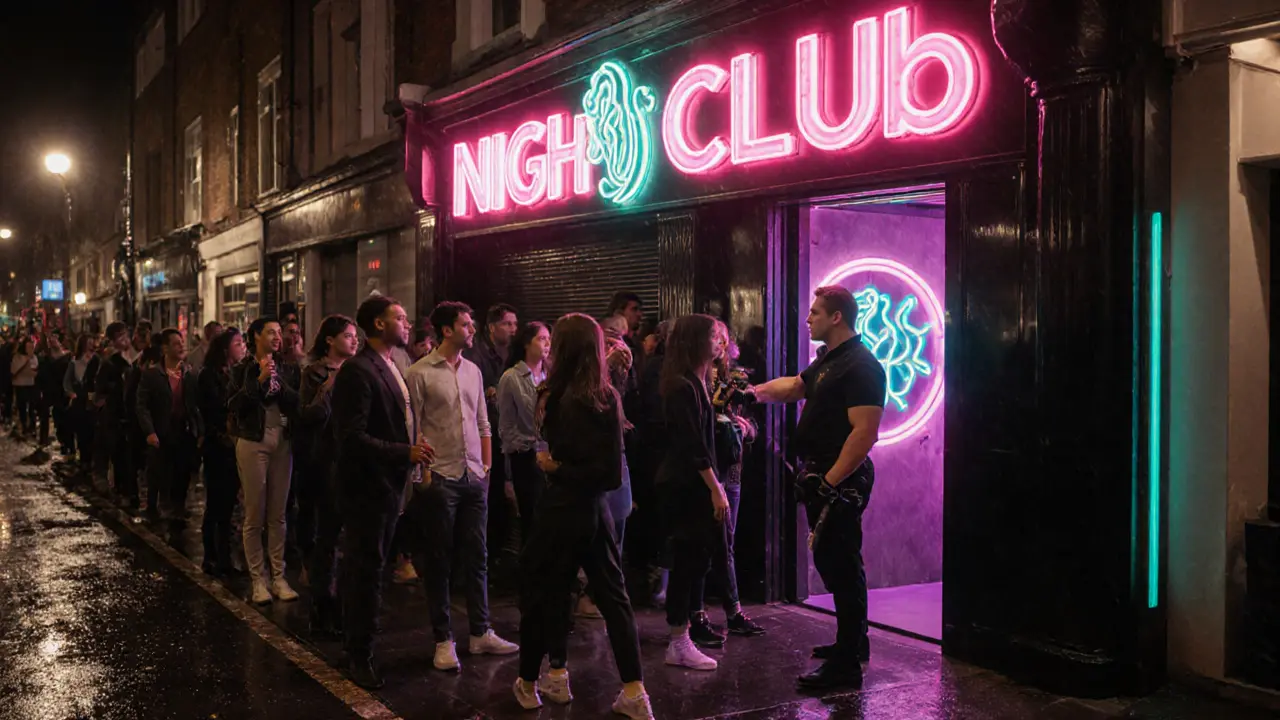
Key Takeaways
- London nightclubs focus on high‑energy electronic, house and R&B tracks after 10pm.
- Dress codes vary by venue but most enforce smart‑casual with no sportswear.
- Entry policies hinge on age (18+), queue management and occasionally a guest‑list.
- Sound systems are calibrated for bass‑heavy music; expect volume levels above 95dB.
- Security checks (ID, bag scans) are standard; cooperation speeds up your night.
Direct Answer
If you’re wondering what musical rules apply when you walk into a night club London, expect the DJ to spin mainly electronic dance music (EDM), house, techno and contemporary R&B after the early‑evening drinks window. Dress codes are smart‑casual, and clubs enforce age checks, ID verification and sometimes a guest‑list to manage crowd flow.
Comprehensive Guide to Night Club London
London’s nightlife is a massive, ever‑evolving scene. From Shoreditch’s underground warehouses to Mayfair’s upscale lounges, each venue curates its own vibe through music, lighting, and policy. Knowing the unwritten rules helps you avoid the dreaded “door denied” moment and ensures you can lose yourself on the dance floor without worrying about dress or etiquette.
Definition and Context
In this article, a night club London is defined as a venue that operates primarily after 10pm, serves alcoholic beverages, and features a dance floor with a live DJ or curated playlists. These clubs are regulated by local licensing laws, which dictate operating hours, noise limits, and age restrictions. Understanding these constraints clarifies why clubs enforce specific music rules and dress codes.
Benefits of Knowing the Music Rules
When you’re aware of the musical expectations, you can tailor your night:
- Better Fit: Choose a club that matches your taste-techno lovers gravitate to Fabric, while pop‑oriented crowds head to Ministry of Sound.
- Seamless Entry: Staff often scan guest lists for “music‑matched” events; checking the lineup beforehand shows you’re a serious guest.
- Enhanced Experience: Knowing the typical BPM (beats per minute) range (120-130 for house, 130-140 for techno) lets you pace your energy and avoid early fatigue.
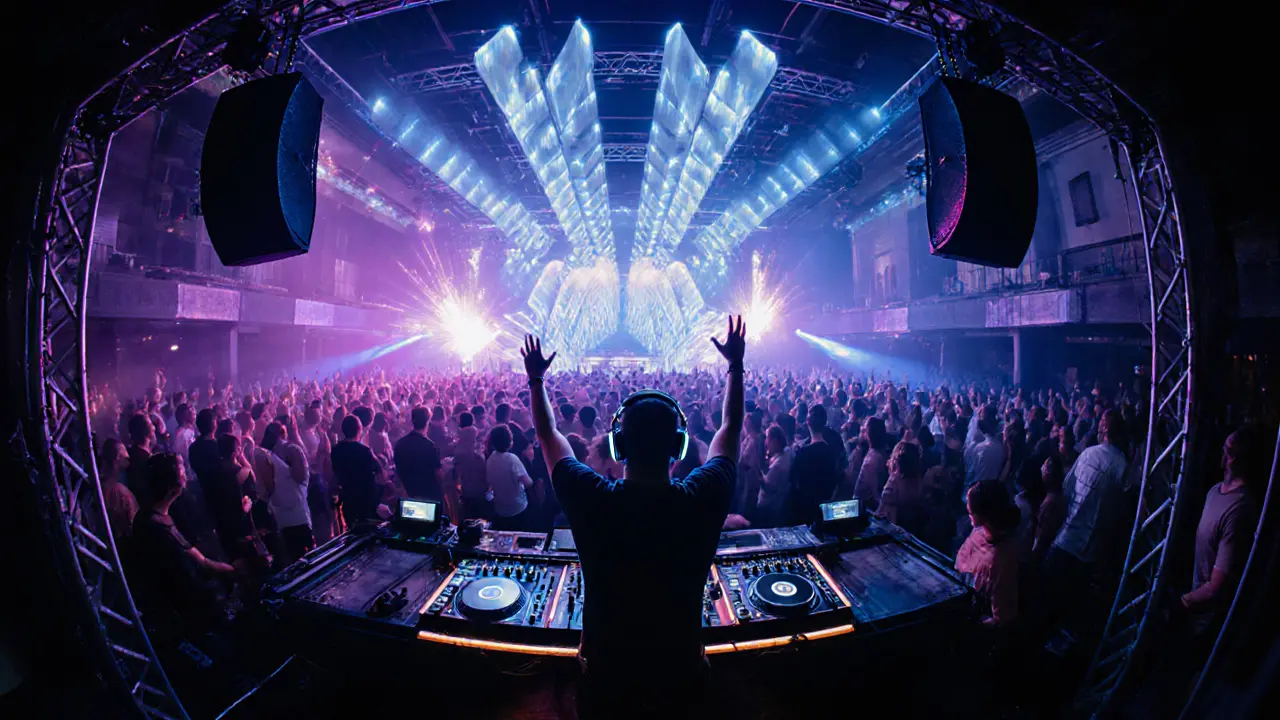
Types of Night Clubs Available in London
London clubs fall into several categories, each with its own musical focus:
- Electronic / House Clubs - venues like Fabric, Printworks, and XOYO prioritize deep house, techno and progressive beats.
- R&B & Hip‑Hop Lounges - places such as 100 Wardour Street and Oval Space feature chart‑topping R&B, trap, and hip‑hop.
- Pop & Top‑40 Clubs - clubs like Heaven and G-A-Y play mainstream pop, dance hits, and occasional live acts.
- Alternative & Indie Venues - smaller spots such as The Lexington host indie DJs and live bands with eclectic playlists.
Each type enforces its own set of music rules, affecting volume, genre rotation, and even the time slots when certain tracks can be played.
How to Find Night Club London Services
Finding the right club is easier when you use a few proven methods:
- Check Instagram and TikTok for “night club London” hashtags - DJs often post their upcoming setlists.
- Browse event platforms like Resident Advisor or Skiddle - they list genre, door policy, and ticket price.
- Visit club websites directly - most have a “Music Policy” page outlining accepted genres and volume levels.
- Ask locals on forums such as r/London or the “London Nightlife” Facebook group - firsthand recommendations trump generic guides.
What to Expect During a Night Club London Visit
From the moment you approach the entrance, here’s the typical flow:
- Entry Policy staff greets you, checks ID (18+), and may run a quick bag scan. Clubs that host themed nights often require a ticket or bracelet.
- You’re ushered past a Dress Code barrier - think smart‑casual, no gym wear, and sometimes “no sneakers” after 11pm.
- Inside, the Sound System pumps a calibrated 95‑100dB bass line. DJ booths are illuminated, and lighting rigs sync to the beat.
- At the bar, you can order classic cocktails or themed drinks like the “London Fog” - keep an eye on the drink ticket to avoid a surprise tab.
- The dance floor opens fully after the first hour; the DJ reads the crowd, shifting from deep house to high‑energy tracks as the night progresses.
Pricing and Booking
Most London clubs charge a cover fee that ranges from £10-£25 on weekdays and £20-£40 on weekends. Early‑bird tickets can be booked through the club’s website or via platforms like Eventbrite. VIP tables start at £150 per night and often include bottle service and a dedicated host.
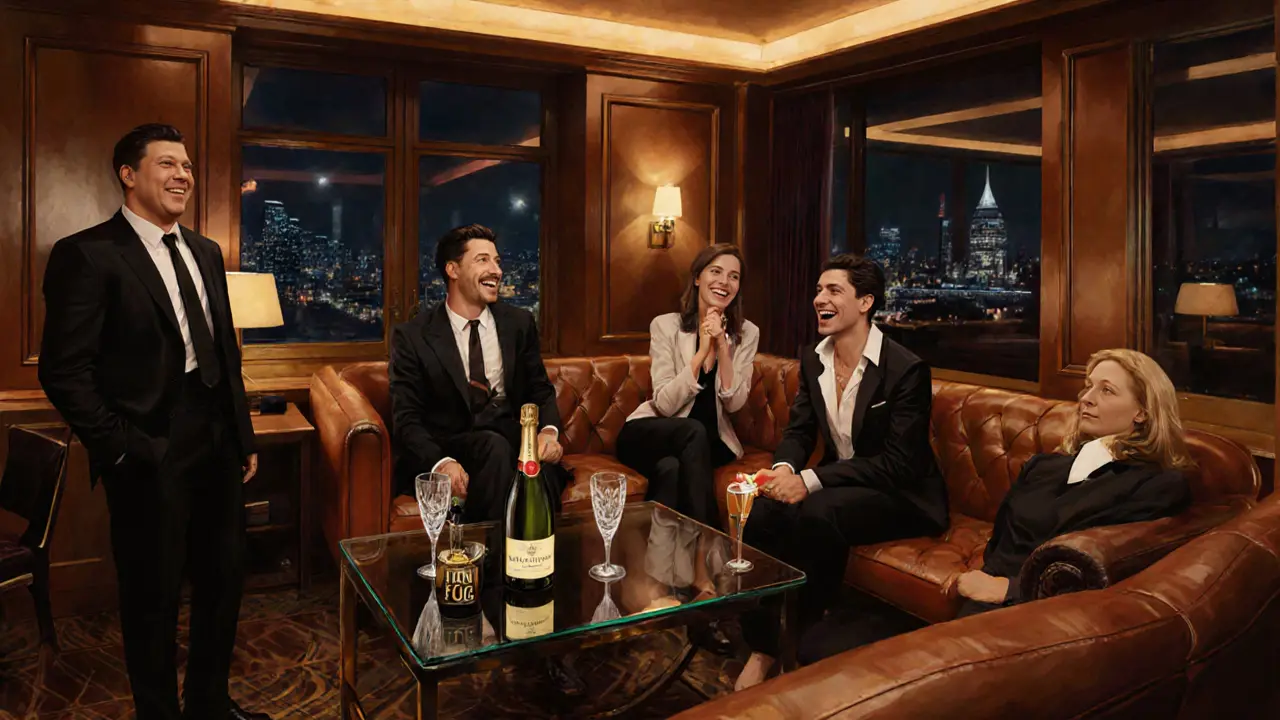
Safety Tips
- Carry a photo ID - most clubs won’t let you in without it.
- Watch your drink - never leave it unattended; many venues have a “no‑glass” policy after midnight for safety.
- Plan your transport - use licensed taxis or ride‑share apps; public transport shuts down around 1am.
- Respect the Security team - they enforce crowd control and can intervene if volume becomes unsafe.
- Stay hydrated - London clubs can be hot and loud; a water bottle helps you last longer on the floor.
Comparison Table: Music Rules vs. Dress Code in London Nightclubs
| Aspect | Music Rules | Dress Code |
|---|---|---|
| Primary Focus | Genre (EDM, House, R&B) & volume | Smart‑casual, no sportswear |
| Enforcement Time | After 10pm - DJ curates setlist | At the door - staff checks appearance |
| Typical Exceptions | Themed nights (80s, Hip‑Hop) may deviate | VIP guests may wear upscale casual |
| Impact on Entry | Music‑matched events require tickets | Dress violations lead to denied entry |
| Safety Considerations | Volume limits set by local licensing (≤100dB) | Footwear policies to prevent slips |
Frequently Asked Questions
What music genres are most common in London nightclubs?
Electronic dance music (house, techno, deep house), contemporary R&B, and mainstream pop dominate the playlists. Specialty clubs may focus on drum‑and‑bass, indie, or retro 80s hits, but the core clubs stick to high‑energy EDM after 10pm.
Do I need to dress formally to get into a London club?
No, but most venues enforce a smart‑casual dress code. Avoid sportswear, trainers, and large logos. For upscale spots like Mayfair’s private rooms, a sharp blazer or dress is advisable.
Are there any age restrictions beyond the legal 18+?
All licensed nightclubs require patrons to be 18 or older. Some high‑profile events set a higher minimum (e.g., 21+) for safety or insurance reasons, and they will state this on the ticket.
How loud are London nightclubs, and is hearing protection needed?
Typical sound levels sit between 95‑100dB, which is within the legal limit for licensed venues. If you’re sensitive to loud music, bring earplugs - they’re cheap and keep your ears fresh for the next night.
Can I get a VIP table without a large group?
Yes. Many clubs offer “table for two” packages that include a bottle of champagne and a dedicated server. Prices start around £150, but the experience bypasses the queue entirely.
Take the Next Step
Now that you know the music rules, dress expectations, and entry basics, pick a venue that matches your vibe and book your spot. Whether you’re after a marathon dance session at Fabric or a sleek R&B night at 100 Wardour, a little prep goes a long way. So grab your ID, choose a smart‑casual outfit, and head out for a night that the London club scene will remember.



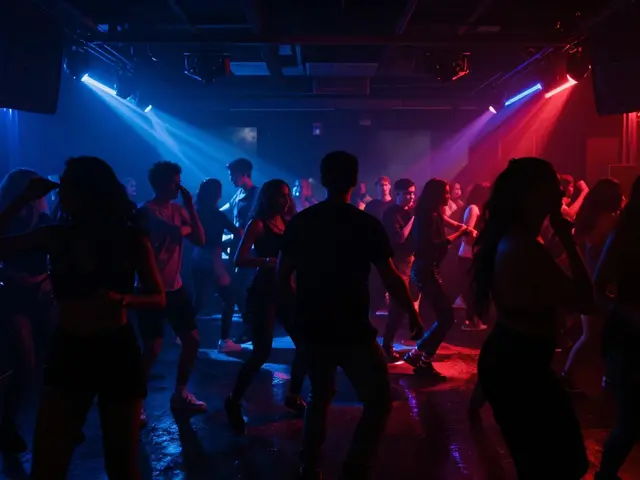
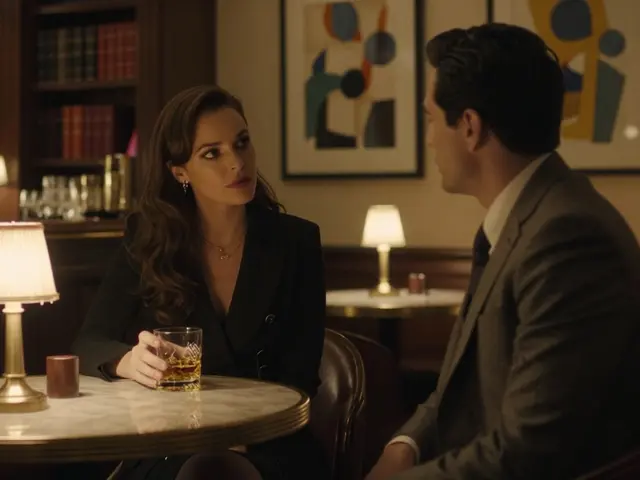
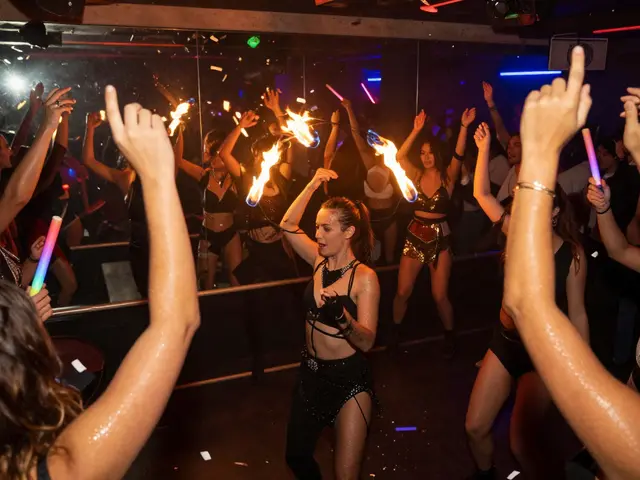
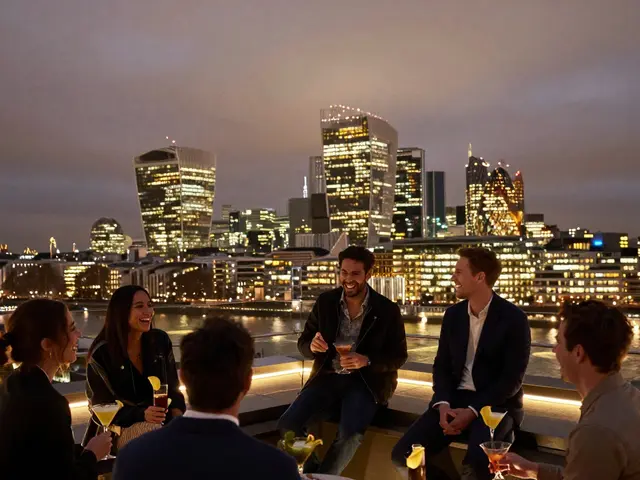
5 Comments
If you're aiming to infiltrate London's elite club circuit, first understand that most venues operate under a strict hierarchy of taste. The music policy is not a random playlist but a curated experience designed to separate the true aficionados from the casual wanderers. A deep house set at Fabric, for instance, serves as a litmus test for anyone claiming to "know their BPM". Those who arrive in neon gym wear or with a mismatched sneaker will be turned away before the door even opens. Moreover, the dress code, though labeled "smart‑casual", implicitly demands a certain level of sartorial awareness that many visitors overlook. A well‑fitted blazer, polished shoes, and a minimalist aesthetic signal respect for the venue's cultural capital. Conversely, a hoodie and cargo pants broadcast a lack of effort that the bouncers are trained to reject. The age restriction of 18+ is merely the legal baseline; many high‑profile nights enforce a 21+ rule to maintain a particular ambience. Sound levels hovering around 95‑100dB are not just about volume but about preserving the physiological impact of bass on the crowd. This acoustic intensity is calibrated to keep the dance floor in a state of perpetual kinetic energy, a fact that casual clubbers often underestimate. Security checks, including bag scans, are performed with the efficiency of a well‑rehearsed operation, and any hesitation on your part only delays the process. Lastly, booking a table or securing a guest‑list spot is a strategic move that bypasses the most common entry barriers. When you purchase a VIP package, you are essentially buying a privilege that signals to the staff that you belong. In sum, the club's rules are an extension of its brand identity, and every policy serves to curate a specific cultural narrative. Ignoring these unspoken standards guarantees a night of frustration, while adherence paves the way for an authentic London nightlife experience.
/p>Your guide correctly emphasizes the importance of adhering to the dress code and sound level regulations.
/p>I completely agree that looking the part is half the battle when stepping into London’s club scene. To help newcomers, here’s a brief checklist that covers both attire and preparation. Opt for a fitted shirt or a sleek polo, paired with dark jeans or chinos and clean leather shoes. Avoid large logos, gym shorts, and any kind of sportswear that could be mistaken for casual streetwear. Bring a valid photo ID, and consider pre‑booking a table if you want to skip the queue entirely. A small bottle of earplugs can make the 95 dB sound levels much more comfortable, especially if you plan to stay till the early hours. Finally, checking the club’s social media for any themed nights will ensure your music expectations align with the night’s vibe. Following these tips will let you focus on the music rather than worrying about the door policy.
/p>It’s reassuring to see the guide spotlight the practical aspects of entry and safety. Many first‑time visitors feel overwhelmed by the myriad of rules. Knowing that a clear dress code and sound limits are enforced can actually make the experience feel more inclusive. The reminder to keep an eye on your drink and stay hydrated resonates with anyone who’s spent a night dancing. Overall, this concise emphasis helps set realistic expectations for a fun night out.
/p>Oh great another checklist because we all needed a runway guide for the club scene. Just make sure your shoes are polish and your ID isn’t from the 90s. And yeah earplugs are a must if you plan to survive the bass that could wake the dead. If you follow that you’ll probably get past the bouncer and enjoy a night without a drama. Good luck and happy dancing.
/p>